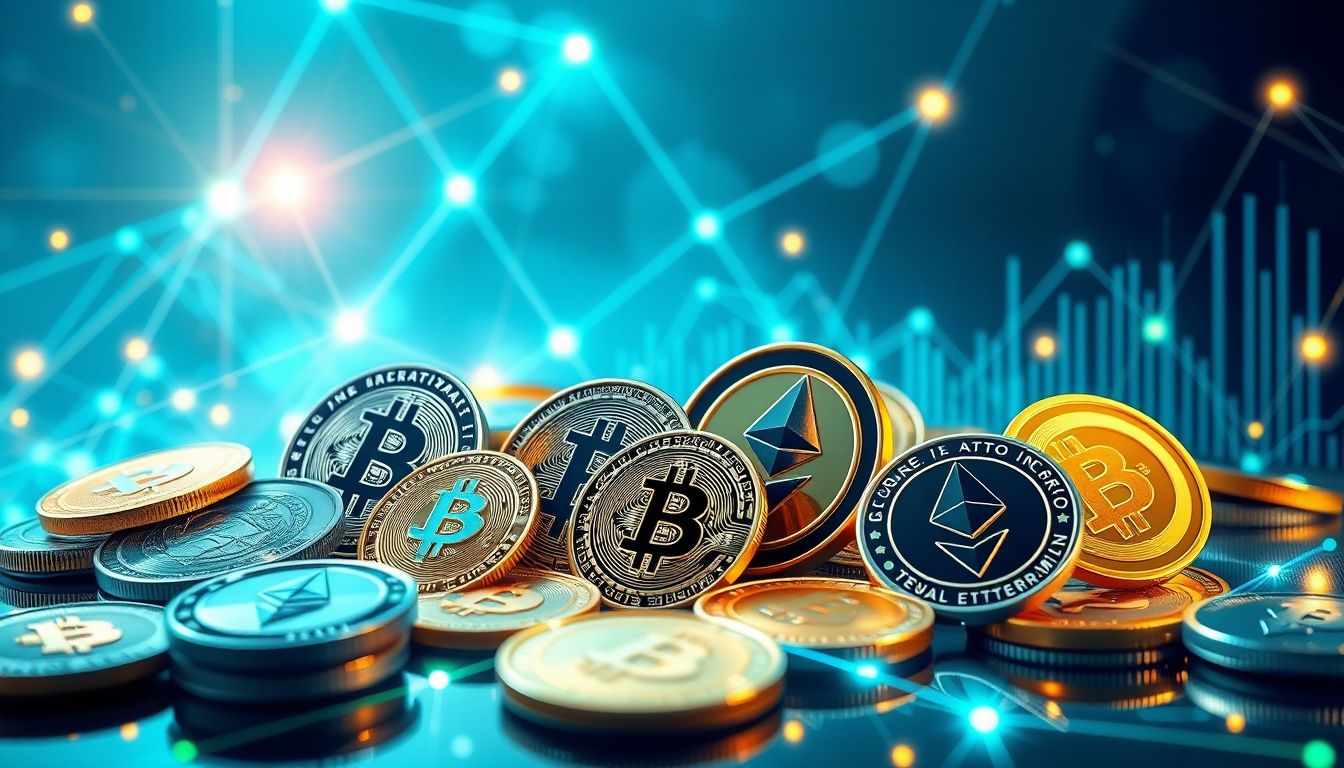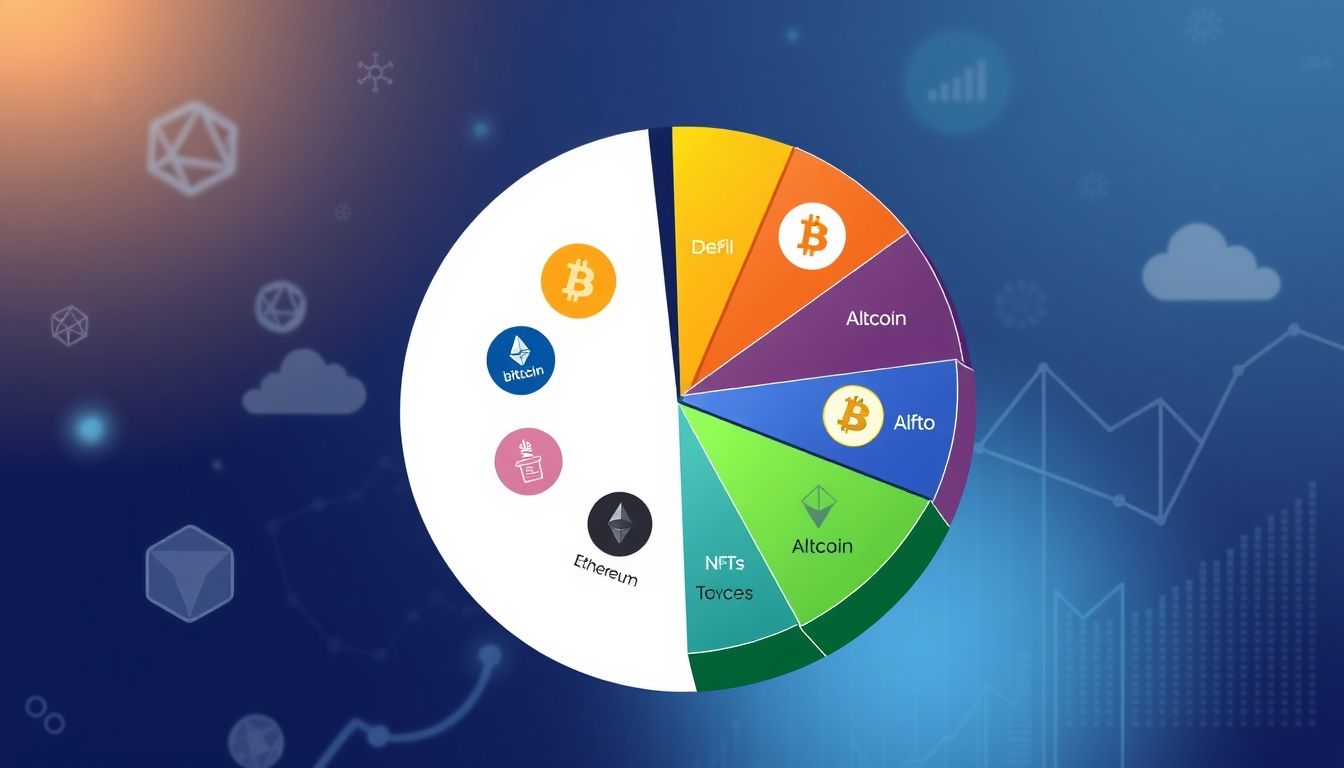Altcoins: Promising Investment Opportunities or Uncalculated Risks?
Altcoins (alternative cryptocurrencies) are an exciting investment option in the world of digital assets, but they require a deep understanding and careful evaluation before making any investment decisions.
Chapter 1: What are Altcoins?
Altcoins are any cryptocurrency other than Bitcoin. These currencies emerged after the success of Bitcoin and aim to improve or offer new features not found in Bitcoin. These features can include faster transaction speeds, improved privacy, or new uses in areas such as Decentralized Finance (DeFi) and gaming.
Chapter 2: Types of Altcoins
- Payment Coins: Such as Litecoin and Bitcoin Cash, they aim to be faster and cheaper alternatives to Bitcoin for everyday transactions.
- Platform Coins: Such as Ethereum and Cardano, they provide platforms for developing decentralized applications (dApps) and smart contracts.
- Privacy Coins: Such as Monero and Zcash, they focus on providing anonymous transactions to protect users' privacy.
- Meme Coins: Such as Dogecoin and Shiba Inu, they have gained significant popularity due to strong community support and media influence, but are often highly volatile.
Chapter 3: Motivations for Investing in Altcoins
There are several reasons why investors are motivated to invest in altcoins:
- Potential for High Returns: Some altcoins have seen tremendous growth in value, attracting investors looking for opportunities to make quick profits.
- Diversification of Investment Portfolio: Adding altcoins to an investment portfolio can help reduce risk and increase potential returns.
- Supporting Innovative Projects: Some investors want to support projects that use blockchain technology to solve real problems or provide innovative solutions.
Chapter 4: Risks Associated with Investing in Altcoins
Investing in altcoins involves significant risks that investors should be aware of:
- High Volatility: Altcoin prices can fluctuate significantly in a short period, which can lead to substantial losses.
- Liquidity Risks: Some altcoins may be illiquid, making it difficult to sell them quickly when needed.
- Fraud Risks: There are many fraudulent projects in the world of cryptocurrencies, and investors should exercise caution and verify the credibility of projects before investing in them.
- Regulatory Risks: Laws and regulations regarding cryptocurrencies are still unclear in many countries, which may affect the value of cryptocurrencies.
Chapter 5: How to Evaluate Altcoins
Evaluating altcoins requires a comprehensive approach that takes into account several factors:
- Understanding the Underlying Technology: Investors should understand the technology underlying the cryptocurrency and how it differs from other technologies.
- Analyzing the Founding Team: Check the background and experience of the team behind the project and their ability to achieve the project's goals.
- Assessing Community Size: The community plays an important role in the success of a cryptocurrency, and the size, activity, and engagement of the community should be assessed.
- Analyzing Use Case: Identify the problem the cryptocurrency is trying to solve and whether there is a real need for this solution in the market.
- Reviewing the Whitepaper: Read the project's whitepaper carefully to understand the project's vision, goals, and business plan.
Chapter 6: Risk Management Strategies in Altcoin Investing
To reduce the risks associated with investing in altcoins, the following strategies can be followed:
- Diversification: Do not put all funds into one cryptocurrency, but rather distribute them across several different currencies.
- Determine Investment Size: Invest a small amount of money that you can afford to lose.
- Set Stop-Loss Orders: Set a specific price to sell the cryptocurrency if its price falls to protect capital.
- Continuous Research: Follow the news and developments in the world of cryptocurrencies to make informed investment decisions.
Chapter 7: Examples of Successful Altcoins
There are many altcoins that have achieved great success, including:
- Ethereum (ETH): A leading platform for developing decentralized applications and smart contracts.
- Cardano (ADA): A blockchain platform that aims to provide a more secure and sustainable infrastructure for decentralized applications.
- Solana (SOL): A fast and cost-effective blockchain platform widely used in DeFi and NFT applications.
Chapter 8: Examples of Failed Altcoin Projects
It is also important to be aware of failed projects to avoid making the same mistakes. Some examples include:
- BitConnect: A fraudulent lending system that promised very high returns, but eventually collapsed and revealed a scam.
- OneCoin: A cryptocurrency marketing Ponzi scheme that did not have a real blockchain.
Chapter 9: The Future of Altcoins
The future of altcoins depends on several factors, including technological developments, government regulations, and user adoption. Altcoins are expected to continue to play an important role in the world of digital assets, but it is essential to choose projects carefully and manage risks effectively.
Chapter 10: Practical Tips for New Investors
Here are some practical tips for new investors in altcoins:
- Start with a Small Amount: Don't invest more than you can afford to lose.
- Learn as Much as Possible: Before investing, research and learn about different cryptocurrencies and their technologies.
- Be Wary of False Promises: Avoid projects that promise very high returns or that seem too good to be true.
- Use a Secure Wallet: Store your cryptocurrencies in a secure wallet to protect them from theft.
- Be Patient: Investing in altcoins can be profitable, but it requires patience and commitment.
Disclaimer: This article is for informational purposes only and does not constitute financial advice. Investors should consult with a qualified financial advisor before making any investment decisions.




